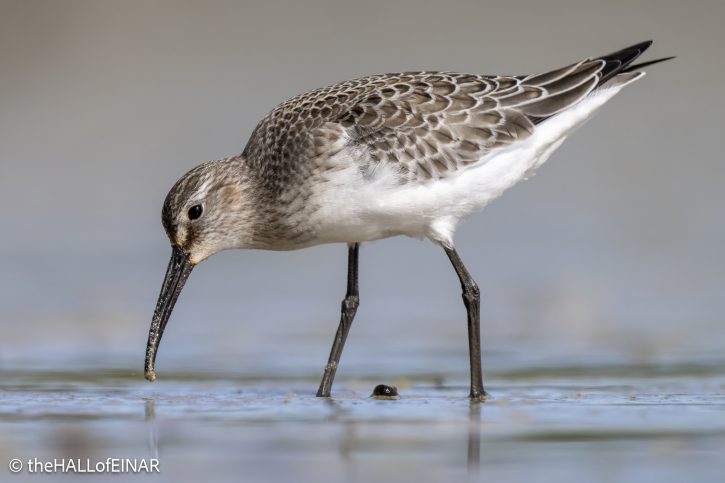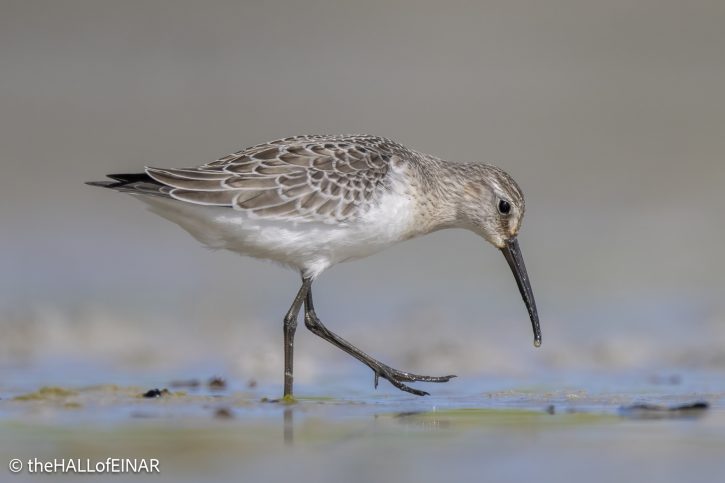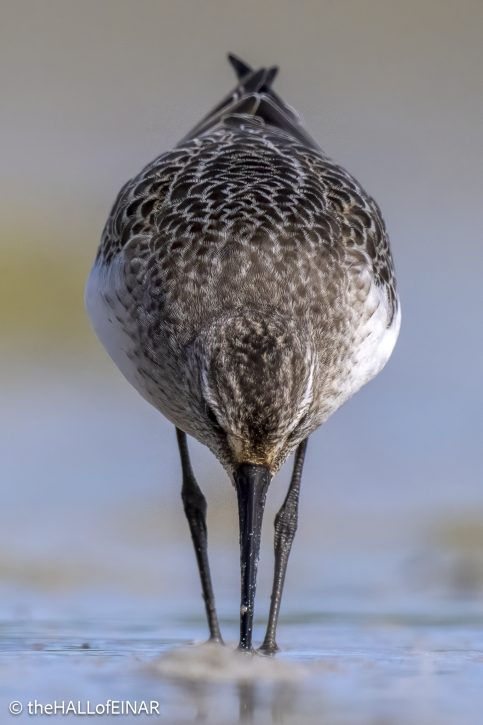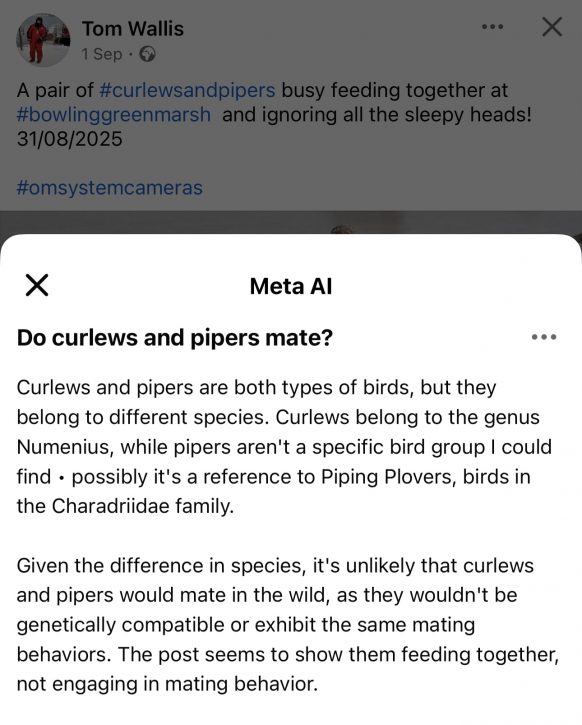Curlew Sandpipers at The Ouse
A trip to The Ouse means I ought to have worn full waterproofs. We’re going for a walk but there are wading birds here and I desperately want to get some photographs of them. The light is wonderful.
I’ve got my camera with me and a rucksack, so I strip my rucksack off and place it on the oozing wet mud and lie on it. That’ll keep most of me dry. I can worry about the rucksack later.
I can see Dunlins, Ringed Plover and this bird:

I’ve not seen one like it before, but I know it’s not a Dunlin. Dunlin have short legs, black or patterned bellies and short beaks, although their beaks do have a slight downward curve.
This bird is altogether different.
I think back and remember there have been Curlew Sandpipers, Calidris ferruginea, on the Loch of Swartmill. Maybe that’s what this is? Caladris is the group with Knot, Dunlin, Sandpipers and Sanderling in it. Ferruginea means rust-coloured. Its parents would have been a beautiful rusty red in July.
It’s September now, so maybe this is a juvenile? I check. Juveniles have the typical downward pointing longer bill and heavily scaled plumage. Those white-fringed feathers do look very different. Curlew Sandpipers have a ‘long primary projection’, which means the ends of the wings go past the end of the tail when they are folded.
You can certainly see their long legs when they step out on the mud.

If this one is a juvenile it was an egg in the Arctic only a few months ago.
Curlew Sandpipers do well in years in which Lemmings do well. If there are plenty of Lemmings, then predators such as the Arctic Fox are less likely to eat Curlew Sandpipers.
Curlew Sandpipers also have ‘lower scapulars with narrow anchor pattern’. The scapulars are the feathers at the base of the wing where the shoulders are.

It’ll be in Africa soon.
As I write this I spot that my friend Tom has also posted a great video of Curlew Sandpipers on Facebook. He’s used the hashtag #curlewsandpipers and Facebook has applied Meta AI to interpret it and offers me the answer to “Do curlews and pipers mate?” I click.
I suppose a computer can’t necessarily place the spaces in the right places to make sense of a hashtag.

Curlews and Pipers. Curlew Sandpipers.
I’m delighted to have seen them. Maybe slow learning of their features will help me overcome my wader blindness when it comes to identification.
Now to get all that wet sand off my rucksack.